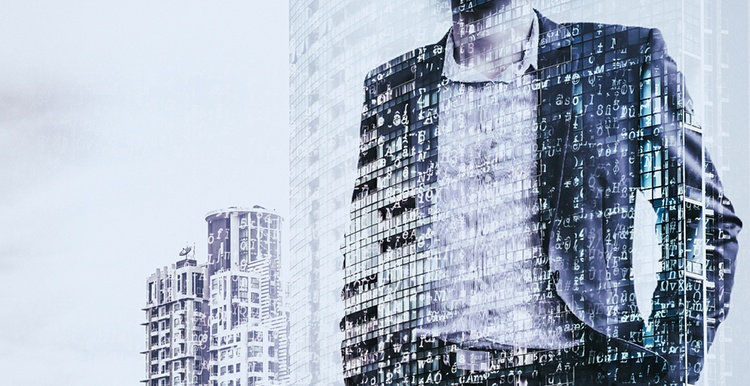How Will Robotics and Automation Shape the Future Workforce?
It’s inevitable, based on revolutionary changes in technology and globalization, which workplace will continue to shift and there will be fewer demands for traditional job skills and personnel. You will be able to make decisions instantly utilizing artificial intelligence (AI), products will be manufactured with increased use of robotics, and we already see transportation services moving to automated rail systems, delivery drones and driverless vehicles.
With this in mind, I have to wonder – with the rising population and changing demographics of the global workforce – how will we provide jobs for the planet?
At our recent event – is H.i the new A.i? – one of our guest speakers - Gitangali Ponnappa, Business Readiness and Transformation for EY - shared insights from the EY 2016 "upside of disruption" report, and revealed that as many as 20% of all workers will be utilizing automated assistance through technology in their work as soon as 2018 – that really is just around the corner! The natural expectation would be that this will translate to fewer workers required to perform the same level of tasks. To adapt to this disruption, the very future of work must change.
Challenges are ahead not only for the workforce, but for HR teams as well. HR will experience the need for new business skills that invites young individuals who have grown up with technology, and new ideas for applying it to everyday living and the workplace. Automation and robotics will impact all levels of workers, including both blue-collar and white-collar employees.
Demographics and Disruption – Hand-in-Hand?
Population growth will also impact global disruption. As aging populations such as Baby Boomers move out of the workplace (and become more reliant on healthcare, savings, and government programs), Millennials will inherit the work functions they leave behind. However, the new workforce will not have the same vision of their business value or role in the workplace.
Out of necessity, business strategies will need to realign with the mindset and skills of the global economic and behavioral disruption accompanying the new demographic. EY’s report also referred to an Intuit study that predicts 40% of all American workers will be independent contractors as soon as 2020. This alone brings a new way of managing the workforce by business leaders. On the plus side this could provide more business flexibility in adapting to the very influence of disruption, bringing in the skills needed, only when truly needed.
Globalization is another consideration for managing disruption in the business world. With the appropriate use of technology, it will make little difference where employees live. Even in my own team, we already work virtually and remotely when necessary, and can effectively communicate and collaborate with each other – regardless of where we are. This capability will only grow in its adoption by more businesses as worker availability shifts to the countries with more workers seeking opportunity.

Practical Embracing of Disruption in Business
Referencing its very title of ‘disruption,’ this sounds like a negative environment for business. Quite the opposite. With the three key causes of disruption being technology, globalization, and demographics, it follows that there are vast opportunities for businesses to benefit from disruption.
Enterprises can now benefit from access to a global workforce, with new attitudes toward technology and new skill sets. Rather than questioning or fearing the use of AI, this group will be in search of how it can be utilized to the benefit of the business and customers. The adage “work smarter, not harder” will apply more to this workforce than ever before.
Can Enterprises Adapt to Disruption?
Embracing disruption will be just as critical to large companies. Business models will require flexibility as globalization and loosening trade philosophies make logistics and supply chains shift from local suppliers to international scope. This will drive down costs while also increasing the enterprise to reach markets never before thought accessible.
A new view of the customer will present itself to businesses that continuously re-evaluate the benefits realized through disruptive root causes. Employee motivation and acceptance of disruptive influences will need to be championed by the highest level of management to ensure business continuity and efficiency.
Disruption – Winners and Losers
Many companies who don’t recognize the existence or impact of disruption will not survive. Innovation and smart approaches to changing technology and demographics will be crucial to business longevity. Just ask companies such as Blockbuster Video or Zenith Electronics that the EY report highlights as companies that did not adapt — and we know that they suffered the consequences.
Megatrends are the result of disruption and have global outreach. Businesses must be smart enough and agile enough to recognize opportunities to move into new markets, new industries, and new ways of thinking to react to a changing world. Examples of disruption-generated megatrends include such phenomena as alternative power industries growing from a changing mindset toward sustainability and the influence of social media on business markets and consumers.
The upside of disruption is the ability of businesses to recognize the challenges provided by these influences and adapt quickly to changing environments. Those who do will benefit greatly from their new mindset and view of customers, business model, and the world.

